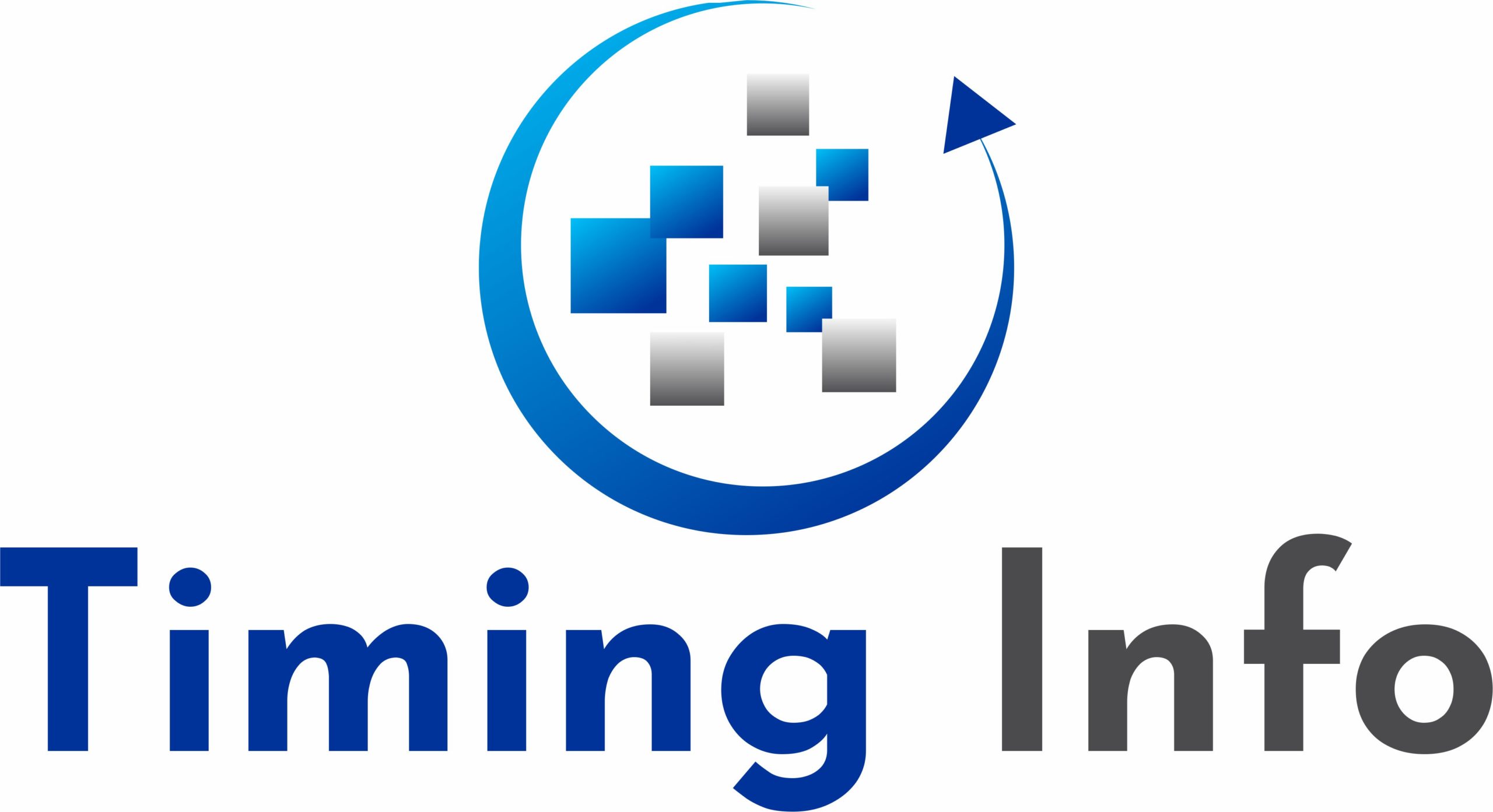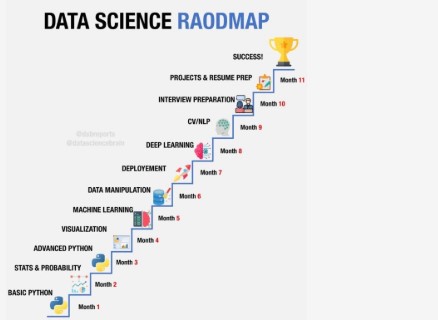As machine learning moves from experimental settings to full-scale production systems, the challenge of acquiring quality labelled data remains a major bottleneck. Labelled datasets are costly, time-consuming, and often limited, especially in niche domains. This is where semi-supervised learning (SSL) comes into the spotlight, offering a pragmatic middle ground between supervised and unsupervised learning.
Semi-supervised learning leverages a miniscule amount of labelled data along with a large volume of unlabelled data to build effective predictive models. This approach is particularly appealing in real-world applications where collecting labels is impractical or expensive. From fraud detection to medical imaging and customer segmentation, SSL is becoming indispensable in scaling AI systems.
This article explores the future of semi-supervised learning in production environments—its techniques, advantages, implementation challenges, and the growing demand for various professionals who can harness it, including those enrolled in a data scientist course.
The Evolution of Semi-Supervised Learning
Initially viewed as an academic curiosity, SSL has matured into a robust set of techniques, now incorporated into many mainstream machine learning workflows. Its effectiveness relies on assumptions about data distributions—such as smoothness, low-density separation, and manifold structure—which enable models to learn from the geometry of unlabelled data.
Methods like pseudo-labelling, consistency regularisation, and graph-based models have evolved to balance label quality with generalisation. Deep learning has further pushed SSL forward by integrating it into neural architectures such as semi-supervised GANs (Generative Adversarial Networks), self-training models, and contrastive learning frameworks.
Why SSL Matters in Production
In production environments, models need to handle high volumes of diverse and continuously evolving data. Labelling all incoming data isn’t feasible. SSL helps address this by:
- Reducing Label Dependency: Lowering the need for human-annotated data without compromising performance.
- Accelerating Deployment: Allowing faster iteration and model updates in environments like e-commerce, streaming platforms, and smart factories.
- Enabling Real-Time Learning: Adapting to changes in data distribution, customer behaviour, or market trends on the fly.
- Improving Generalisation: Leveraging unlabelled data improves the model’s understanding of the broader data landscape, reducing overfitting.
SSL is also critical in privacy-sensitive domains, such as healthcare or finance, where labelled data is scarce due to regulatory constraints. Models trained with SSL can extract patterns from anonymised unlabelled data while using a small trusted set of labelled examples.
Key Techniques and Approaches
- Pseudo-Labelling: Assigning temporary labels to unlabelled data using a model’s predictions. These pseudo-labels are then used to retrain the model.
- Consistency Regularisation: Encouraging model predictions to remain stable under data perturbations or augmentations.
- Entropy Minimisation: Steering models to make confident predictions on unlabelled data.
- Graph-Based Methods: Representing data as a graph and propagating labels through edges to similar nodes.
- MixMatch and FixMatch: Popular SSL techniques that combine pseudo-labelling with consistency and augmentation strategies.
These techniques are being integrated into modern machine learning libraries, making SSL more accessible to data science practitioners.
Use Cases Across Industries
- Healthcare: Annotating medical scans is labour-intensive and often requires specialists. SSL helps train diagnostic models with fewer expert-labelled samples.
- Retail and E-Commerce: Customer behaviour data is abundant but seldom labelled. SSL enables improved product recommendations and demand forecasting.
- Cybersecurity: Threat detection systems benefit from SSL by identifying anomalies using limited labelled attack data.
- Manufacturing: Predictive maintenance models use sensor data—mostly unlabelled—to anticipate equipment failures.
These examples highlight SSL’s versatility and growing adoption across sectors.
Implementing SSL in Production
Deploying SSL in real-world systems poses technical and operational challenges:
- Model Drift: As data evolves, pseudo-labels may become less accurate, requiring regular model recalibration.
- Label Imbalance: Initial labelled data may not reflect the full distribution, leading to biased learning.
- Monitoring and Governance: Tracking performance and ensuring compliance is essential, especially in regulated environments.
- Infrastructure Requirements: Handling large-scale unlabelled data demands efficient storage, processing, and orchestration tools.
The Human-in-the-Loop Paradigm
Semi-supervised learning doesn’t aim to eliminate human expertise but to complement it. Active learning loops allow models to flag uncertain cases, which are then reviewed by experts. This human-in-the-loop (HITL) approach ensures both scalability and accuracy.
HITL workflows are particularly useful in domains where interpretability and precision are paramount—like law, finance, or scientific research. They enable the best of both worlds: machine scalability and human judgement.
Building Talent for SSL Adoption
As SSL gains traction in industry, the demand for skilled professionals who understand its principles and can implement it effectively is rising. Academic programmes and corporate upskilling initiatives are beginning to include SSL in their syllabi.
Enrolling in a data scientist course in Pune provides a solid foundation in highly advanced machine learning techniques, including SSL. Pune’s educational ecosystem, combined with its growing AI industry, makes it an ideal environment for hands-on learning through case studies, capstone projects, and internships.
Graduates are equipped not just to understand SSL, but to apply it in live environments—balancing innovation with reliability and ethics.
The Future Outlook
The future of semi-supervised learning in production is promising. As organisations embrace AI-first strategies, SSL will play a critical role in building adaptable, scalable, and intelligent systems. We can expect:
- Increased Framework Support: Major ML platforms will offer out-of-the-box SSL integrations.
- Hybrid Learning Models: Combining SSL with reinforcement learning, transfer learning, and meta-learning.
- Ethical AI Practices: More research into reducing bias in pseudo-labelling and improving transparency.
- Custom Hardware Support: Edge devices that support SSL for real-time, on-site learning.
These trends will reshape how businesses approach data-driven innovation.
Conclusion
Semi-supervised learning bridges the gap between limited supervision and vast data availability. It empowers organisations to extract maximum value from their data assets without being hindered by labelling constraints.
As SSL techniques continue to evolve and prove their worth in production settings, the importance of training a workforce capable of applying these methods will only grow. Whether through a broad-based curriculum or a specialised course, professionals who master SSL will be well-positioned to lead the next wave of intelligent automation.
In a world where data is abundant but labels are not, semi-supervised learning offers the blueprint for AI systems that are both scalable and smart.
Business Name: ExcelR – Data Science, Data Analytics Course Training in Pune
Address: 101 A ,1st Floor, Siddh Icon, Baner Rd, opposite Lane To Royal Enfield Showroom, beside Asian Box Restaurant, Baner, Pune, Maharashtra 411045
Phone Number: 098809 13504
Email Id: [email protected]

